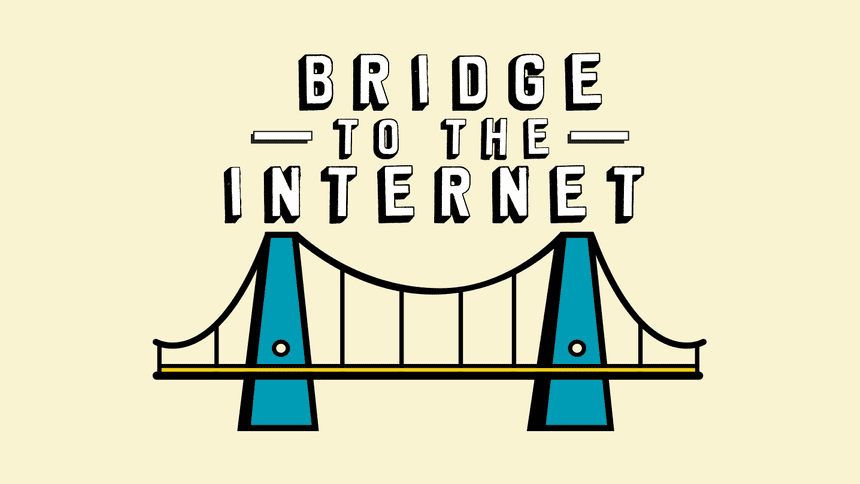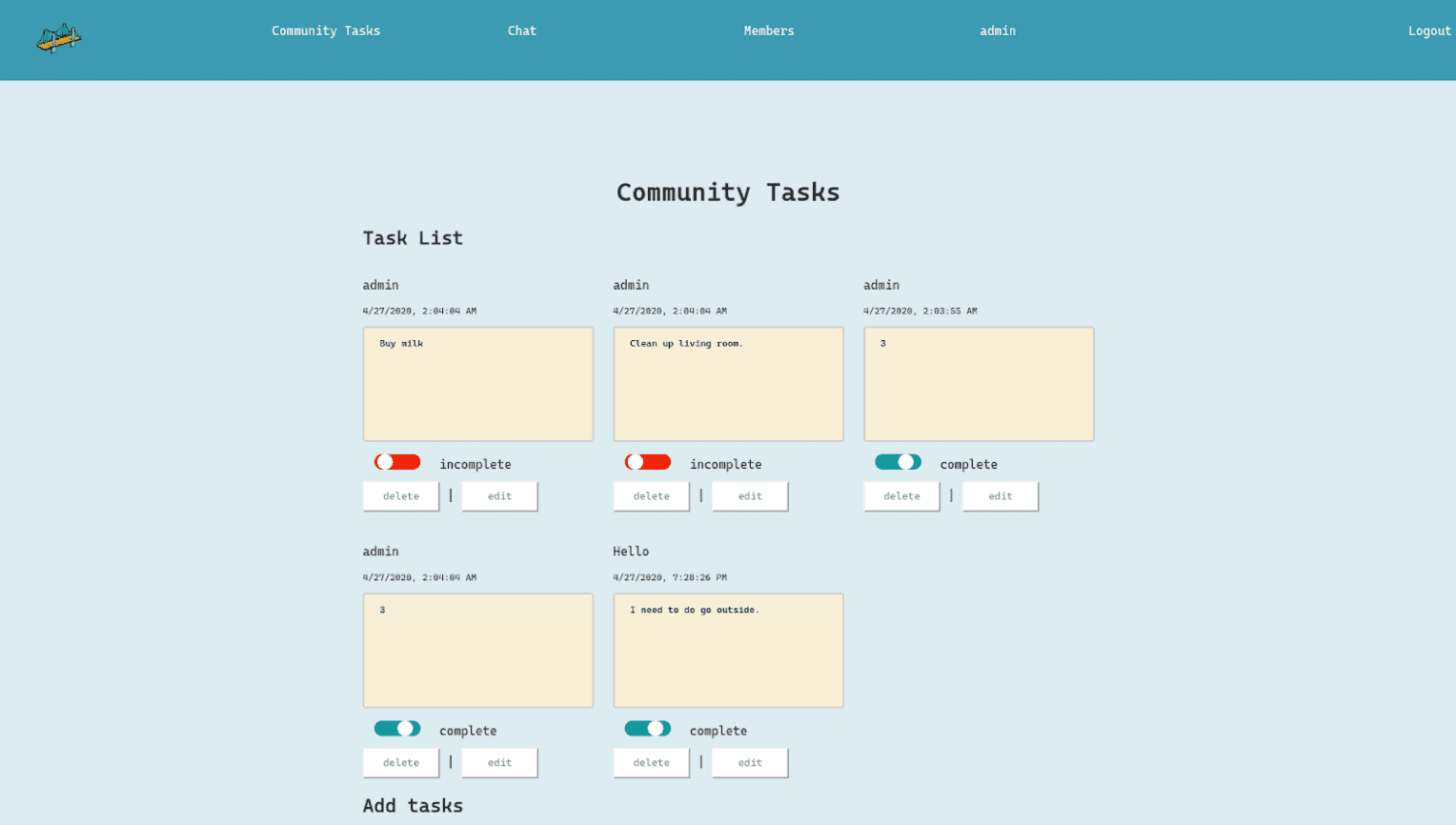Bridge to the Internet

Bridge to the Internet is a router image that hosts network bandwidth saving services and robust local area communication applications that activate local area networks to strengthen connection within a local community. With the internet under heavy strain due to the COVID-19 pandemic, it becomes clear that we must maximize our network resources and look for alternatives to internet-based communication.
It implements, in a single device, a wireless access point, a web-cache server, a DNS sinkhole server, and an intranet web server that hosts resilient communication applications that allow peers to communicate over Wi-Fi if direct communication is not possible and when the internet is inaccessible. The Bridge image is designed to be quickly and easily set up with a one-line configuration script for non-technical network administrators. It is distributed as open-source software with detailed installation instructions for multiple build systems.
Ultimately, Bridge to the Internet seeks to educate about network infrastructure and begin a conversation about the internet's role in local communities to reimagine the sharing of network resources.
Research
Bridge to the Internet began as a critical study of network routers and their position in the network topology. At the onset it was a series of playful interventions of the role of network routers on the local area networks they formed. During the Covid-19 pandemic, the project shifted to focus on the physical communities they served and address the effects of impacted bandwidth from overloaded networks.
Due to the pandemic, the internet has seen a surge in use, exposing gaps in the network infrastructure and effects of the digital divide. Telecommunications companies, content providers, and governments have worked to try to find solutions for the demand for online communication, and Bridge to the Internet seeks to find a grassroots solution to address the digital divide by exploring how individuals can have more control of their networks and how to maximize network resources.
Applications
When user's connect they can choose to join the local area network community, an intranet web server.

Member's could login and be part of the chat server and message board.


Connected devices would also enjoy a network-wide adblock provided by PiHole.

User's could also configure the hosted Squid Proxy server to share caching.

Technical Details
Bridge to the Internet is distributed as a disk image for a Raspberry Pi, version 3B+/4B. Its software is provided as open-source with detailed installation instructions for Windows, Mac OS, and Linux build machines. It requires minimal hardware to operate, using the onboard wifi to create a wireless access point. To provide internet sharing, the network needs an ethernet cable and internet modem or router.
Bridge provides disk images running Alpine Linux and Raspian Buster. It uses Squid as a web cache server and Pi-Hole as a DNS sinkhole server.
Hardware:
- Raspberry Pi 3B+/ 4B
Operating System:
- Raspian
Software:
- Hostapd
- DNSMasq
- Iptables
- Squid
- Pi Hole
Languages:
- Bash
- Javascript
- NodeJS
